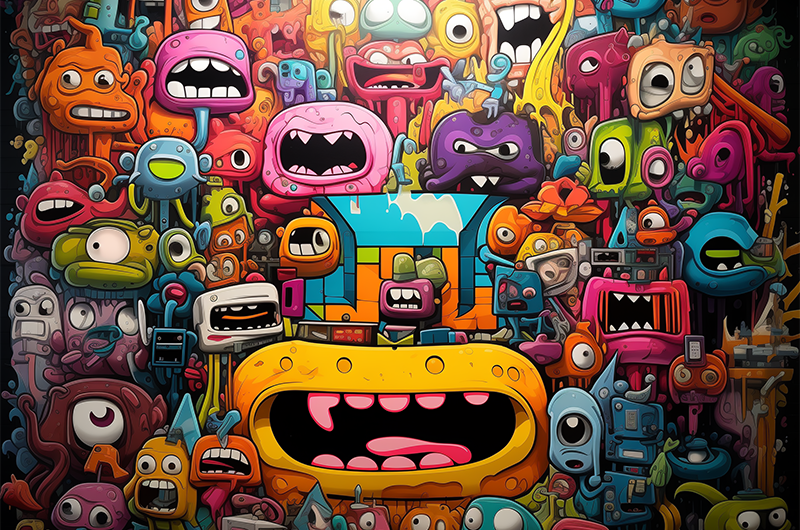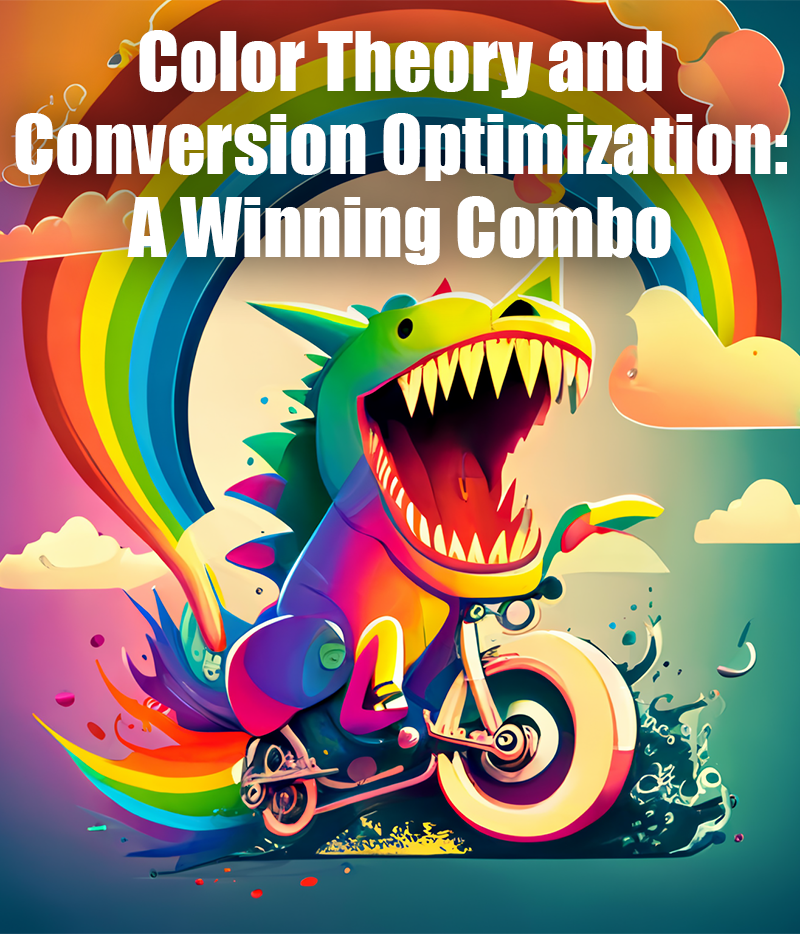
Color Theory and Conversion Optimization: A Winning Combo
In the digital realm, where the attention span of an average user can be as fleeting as a falling leaf in the wind, the colors you choose for your website play a pivotal role in attracting and retaining your audience. Today, we’ll kearn a bit about color theory and its application in conversion optimization. Discover how harnessing the psychological impact of colors can transform your website into a conversion powerhouse.
Understanding the Basics of Color Theory
Before we dive into the intricacies of using color theory for conversion optimization, let’s start with the fundamentals. Color theory, as it relates to web design and marketing, is the science and art of combining colors to evoke specific emotional responses from your audience. It’s a tool that enables you to communicate and connect on a subconscious level. The foundation of color theory rests on three primary components:
Hue
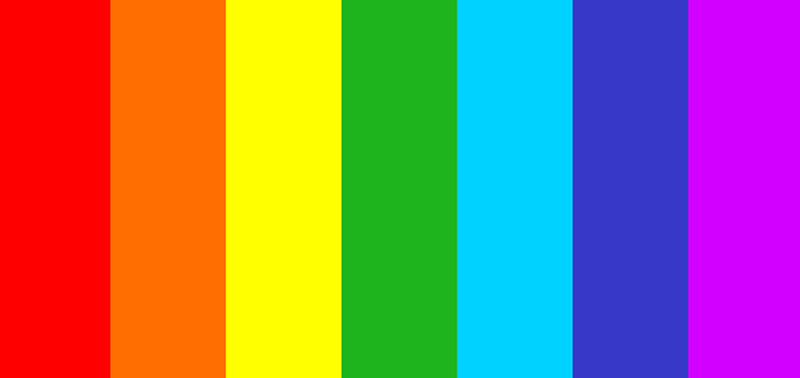
Hue refers to the actual color itself – red, blue, green, or any color that exists in the spectrum. Different hues can convey a wide range of emotions and messages. For instance, red may signify urgency and excitement, while blue might evoke trust and calmness. Choosing the right hue can be the first step in optimizing your conversion rates.
Saturation
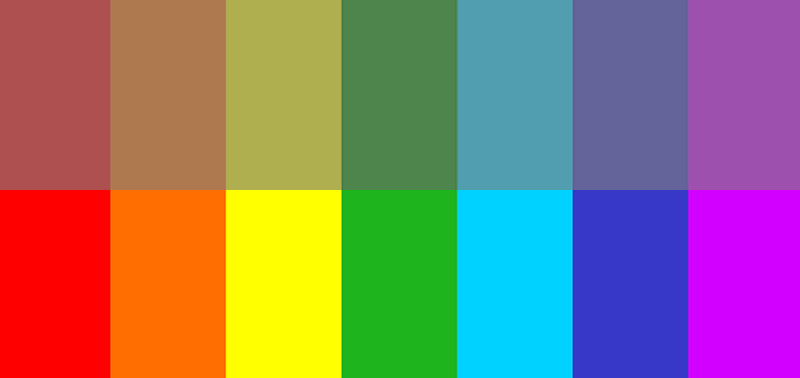
Saturation deals with the intensity of the color. A highly saturated color is vibrant and bold, while a desaturated color appears more muted and subtle. The level of saturation can influence the perceived vibrancy of your brand or message. It’s a crucial factor to consider when crafting a visually appealing website.
Brightness
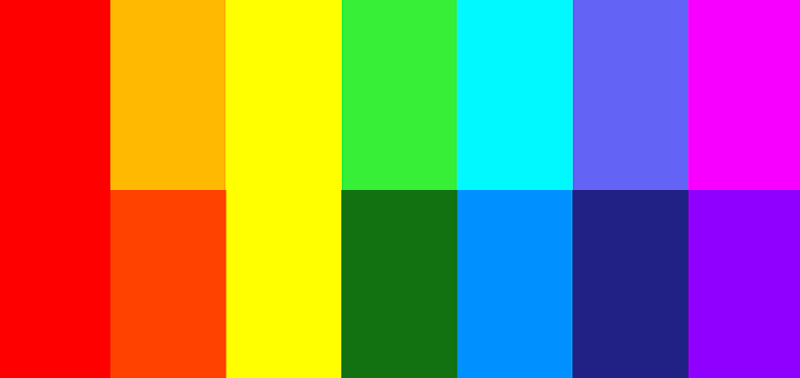
Brightness, often referred to as value, determines how light or dark a color appears. This aspect can be used strategically to create contrast and guide the user’s focus. The correct balance of brightness ensures that your message is clear and easily readable.
The Psychology of Color
Now that we’ve laid the groundwork of color theory, it’s time to delve into the fascinating world of color psychology. Every color has a unique psychological impact, and leveraging this knowledge can significantly impact your website’s conversion rate.
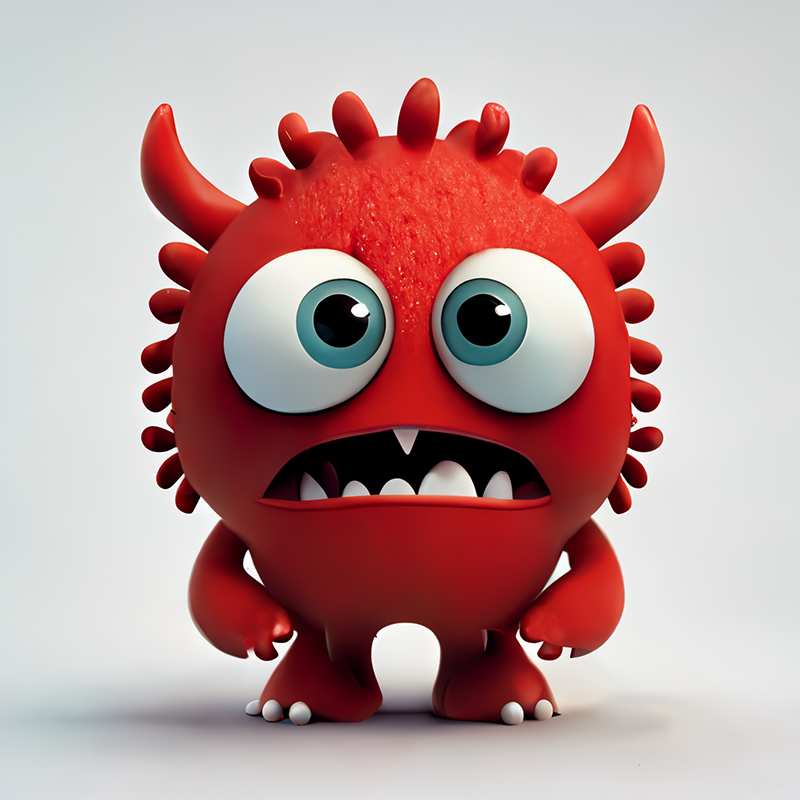
The Power of Red
Red, the color of passion and urgency, can be a game-changer when used thoughtfully. It’s known to stimulate excitement, hunger, and even impulsiveness. Incorporating red strategically in your call-to-action buttons or promotional banners can create a sense of urgency, driving users to take immediate action.
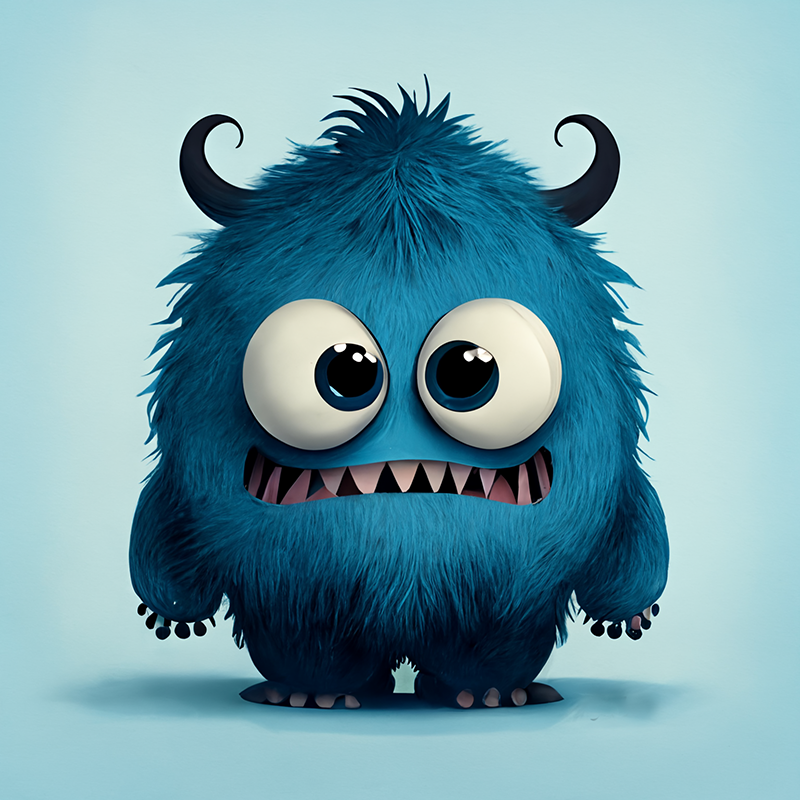
Trust in Blue
Blue, a color associated with trust and serenity, is a popular choice for brands looking to instill confidence in their audience. It can help in establishing a sense of credibility, making it an ideal color for e-commerce websites, financial institutions, and professional services.
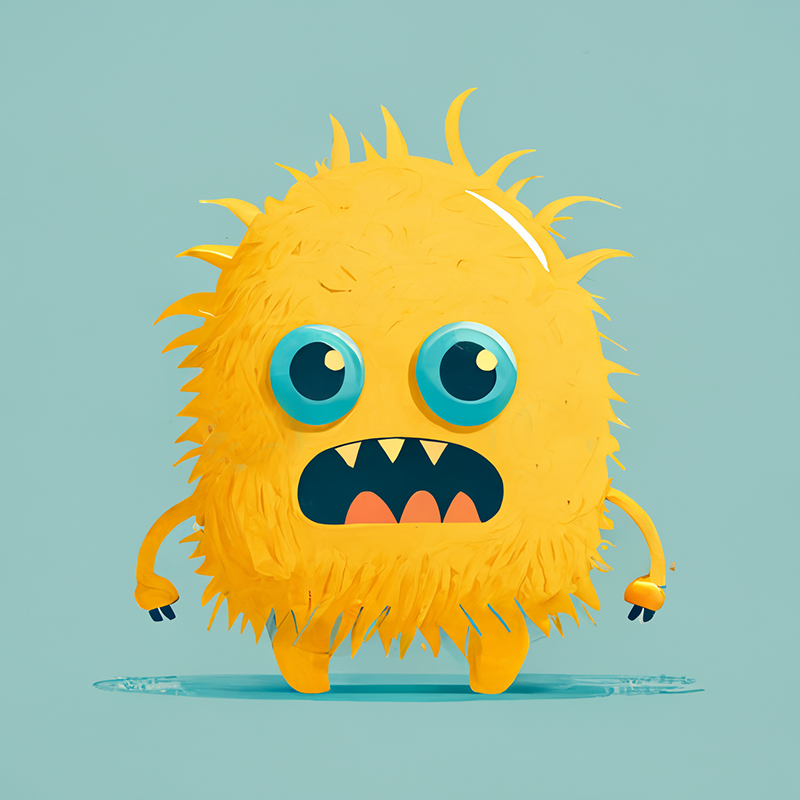
Optimistic Yellow
Yellow exudes positivity and optimism. It’s an excellent choice for brands that want to convey a sunny and inviting message. However, overusing yellow can be overwhelming, so use it sparingly for accent elements that need to stand out.
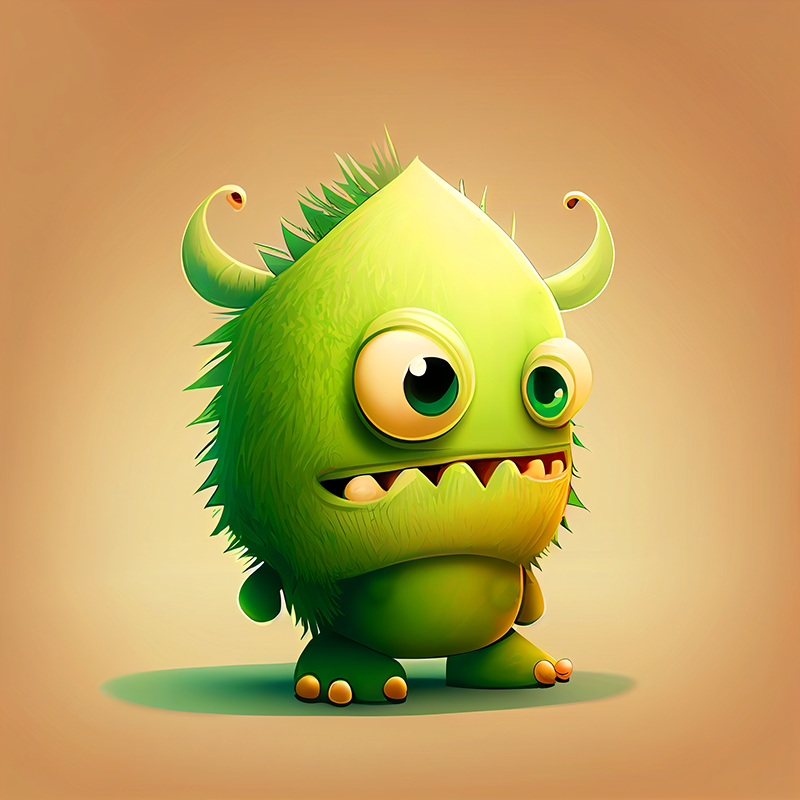
The Versatile Green
Green, the color of growth and renewal, is often used to symbolize eco-friendliness and health. It’s perfect for businesses with a focus on sustainability and wellness products. Green is also a suitable choice for ‘purchase’ buttons, as it can convey a sense of safety and go-ahead.
Using Color Theory for Call-to-Actions
Now that we’ve established the psychological impact of different colors, it’s time to understand how to use them strategically for the ultimate conversion boost.
Visual Hierarchy
Your website’s visual hierarchy should guide users seamlessly toward your conversion goals. The call-to-action (CTA) button, designed in a contrasting color to the overall scheme, should draw the user’s attention like a lighthouse guiding ships in a storm. A well-placed and vibrant CTA button can prompt users to take the desired action.
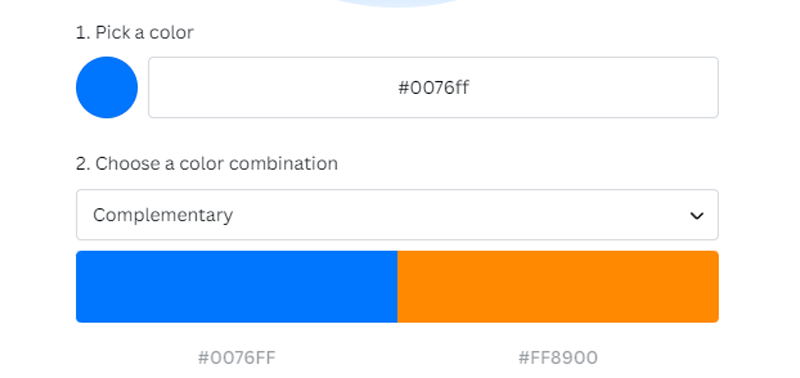
Color Contrast
Think of color contrast as the spotlight in a dark theater, highlighting the star of the show. Effective use of contrast can make your CTA button or important information stand out, compelling the visitor to click and convert. A visually striking contrast could be the difference between a bounce and a sale.
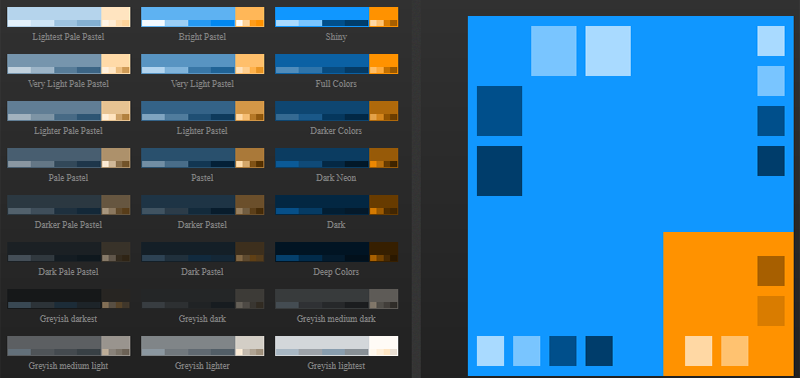
The Role of Color in Trust and Branding
Your website isn’t just a conversion machine; it’s also a reflection of your brand. Consistency in color usage across your website and marketing materials can help establish and reinforce your brand identity.
Color Branding
Choosing a signature color for your brand can create a strong association in the minds of your audience. Think of the iconic red of Coca-Cola or the bold blue of Facebook. This color consistency not only reinforces your brand but can also make your website instantly recognizable, building trust among users.
Color and Emotions
Colors can be your secret weapon in connecting with your audience on an emotional level. Your brand’s color scheme should align with the emotions you want your audience to associate with your products or services. It’s like using a language that speaks to your customers’ hearts.
Color Testing and Optimization
In the ever-evolving world of online marketing, it’s essential to stay agile and adapt to the changing preferences of your audience. A/B testing is your trusty compass in this journey.
A/B Testing
A/B testing involves comparing two versions of a webpage, each with a different color scheme or CTA button, to determine which one performs better in terms of conversion. It’s like a chef tasting two different sauces to find the perfect blend of flavors. Regular A/B testing allows you to fine-tune your color choices for optimal results.
Analyzing User Data
The power of color in conversion optimization doesn’t end with A/B testing. Dive into the analytics to understand user behavior. Monitor which color combinations drive the most clicks and conversions. It’s like having a GPS for your website – showing you the most effective path to success.
Color Theory Can Up Your Conversion Game
Color theory in conversion optimization is not just a matter of aesthetics; it’s a science that can increase your website’s effectiveness, connect with your audience on a deeper level, and drive your desired actions. Experiment, test, and fine-tune your website’s color scheme to witness the transformation in your conversion rates.
Are you ready to harness the psychological power of color and elevate your conversion optimization game?
